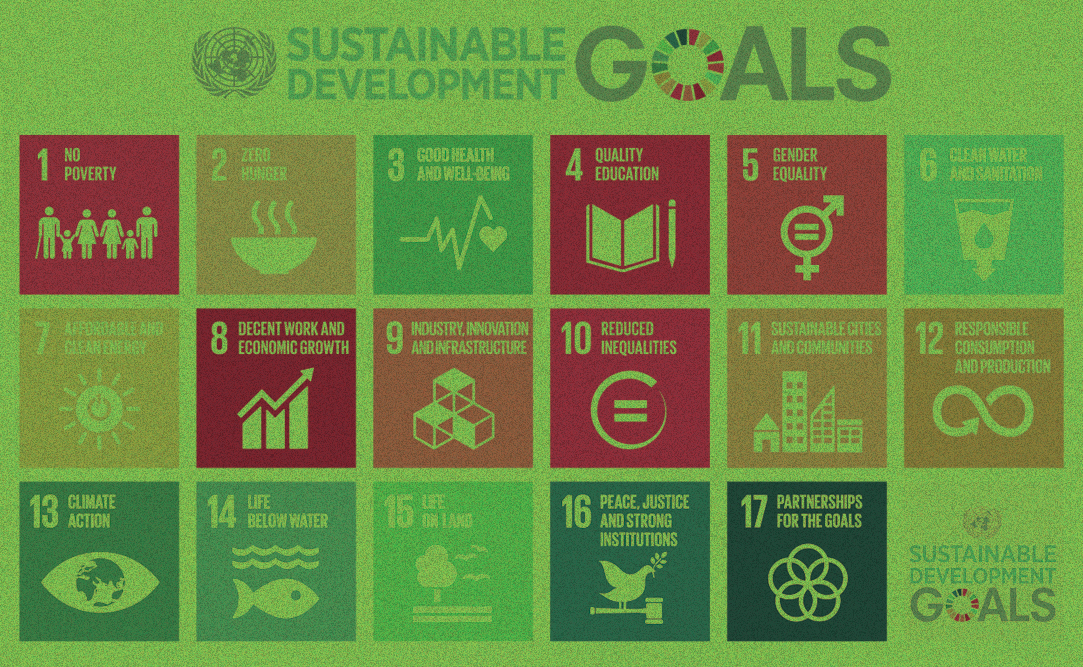
Faça a DIFERENÇA
deixe seu LEGADO
invista com PROPÓSITO
The first step is to prioritize sustainable development goals. Understand how!

The term ESG comes from English Environmental, Social, and Governance which in Portuguese translates to environmental, social, and governance. It is increasingly on the rise as an investment in ESG represents sustainable development and socially responsible investment. It is directly linked to the mission and performance of companies in transforming the world into a better place, respecting environmental and administrative standards.
In its annual letter to the CEO, BlackRock, which is the largest asset management company in the world, stressed that companies will be unable to generate profits in the long run if they do not have a purpose and do not consider the needs of a broad stakeholder base. They also announced a series of measures to put sustainable investment practices in building portfolio and risk management by canceling investments in companies with high environmental impacts.
“Purpose, above all, is the engine of long-term profitability” – Laurence D. Fink, CEO of BlackRock
Since ESG represents sustainable development and purpose is the key to long-term profitability: How can companies start implementing these practices by attracting more investors? The first step is to join the largest corporate sustainability movement in the world: the United Nations Global Compact.
To become a signatory to the Global Compact, the first step is to look for a nearby office, through the official United Nations website and schedule to sign a 2030 Agenda commitment term – which aims to achieve 17 sustainable development goals in the next 10 years. As the largest corporate sustainability initiative in the world, the Global Compact is a call for companies to align their strategies and operations with the 10 universal principles in the areas of Human Rights, Environment, Labor, and Anti-Corruption, developing actions that contribute to the solution of society’s problems and challenges.
After committing to the Global Compact, companies structure their sustainability indexes, identifying and prioritizing the Sustainable Development Goals (SDGs) and also adhering to the United Nations Global Compact. Prioritization can be done through the Global Compact Impact Assessment website. Where the company answers a series of questions and the website directly links to the SDGs that make the most sense to be prioritized and worked on. After this definition, the biggest challenge is to deliver these SDGs prioritized in internal and external corporate actions and practices for the surrounding communities.
Another fundamental step to be assertive in prioritizing your company’s SDGs is to create a committee with the departments of social responsibility, sustainability & innovation, and human resources, mapping the company’s strategies over the next 10 years and thus aligning the main SDGs with the action plan.
After this definition, the next step is to invest in social responsibility projects, truly creating opportunities for residents of the community in which your company operates. Disseminating sustainable development goals across the city! There is no point in prioritizing the SDGs if the company does not invest in shares to truly achieve these global goals.
Fortnightly we will announce the next steps for your company to learn how to report ESG indices in the most assertive and transparent way possible. Follow our website and LinkedIn to follow this trail of knowledge. The next topic provides a step-by-step guide on how to identify and map goals for these prioritized SDGs by choosing socially responsible projects for investment with a purpose.
Do you want to understand how your company can be more active in the social development and responsibility movement? Whatsapp or e-mail: contato@ntics.com.br